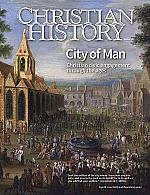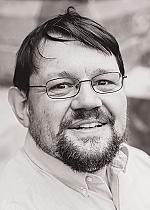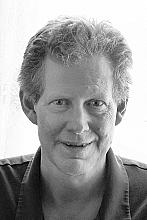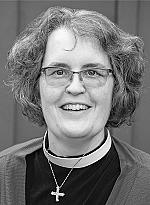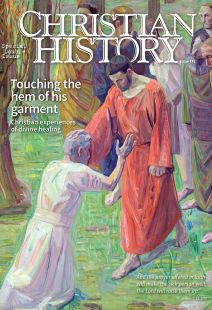Divine healing: Did you know?
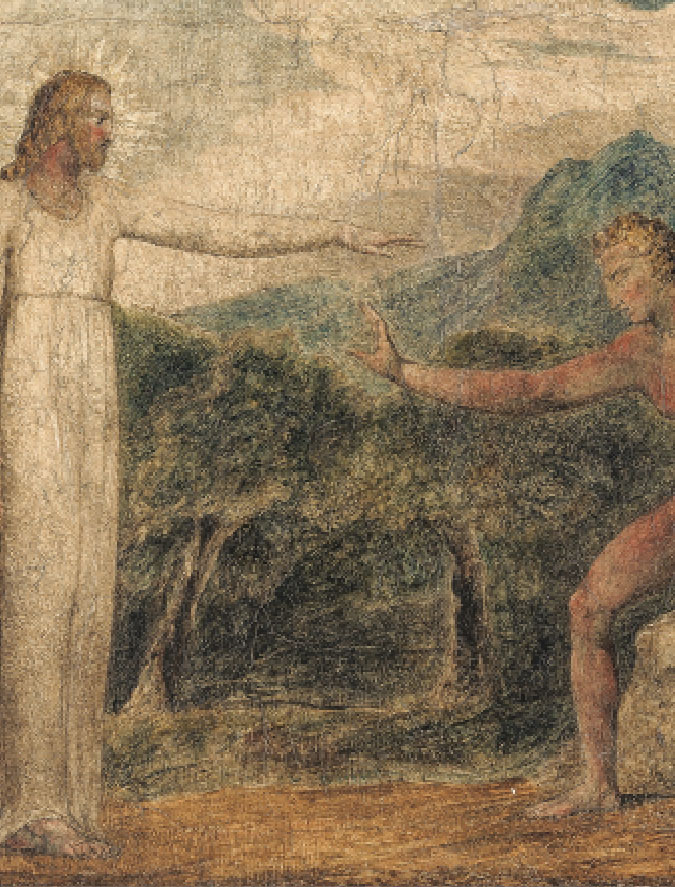
[Above: William Blake, detail from Christ Giving Sight to Bartimaeus, 1799 to 1800. Tempera, pen and black ink on canvas—Yale Center for British Art / [Public domain] Wikimedia]
Working wonders
When Gregory the Wonderworker (c. 213–270) became bishop of Neocaesarea (in modern Turkey), it was said there were only 17 Christians. God granted him such success as a healer that many people came to Christ. His cures were considered miracles earning him the nickname Thaumaturgus, “Wonder Worker,” and he expected Christianity to triumph through the sheer joy of its message. At his death it was said there remained only 17 pagans.—by Dan Graves, from our “This Day in Christian History” feature
A country converted
Nino (c. 296–c. 338) was carried away from her Roman home by Cappadocian raiders and enslaved in Iberia (now eastern Georgia). Frightened and lonely, she turned to her faith for solace, spending hours in prayer. According to Palestinian priest Rufinus, Nino healed a sick child through her prayers. Word of the healing reached the Georgian royal court; the queen, who was seriously ill, visited Nino and was also healed. Impressed by the enslaved girl’s faith and the apparent power of her God, both queen and king converted to Christianity.—by Gregory P. Elder, from issue #57
Cheerful as a cricket
Catherine of Siena (1347–1380) ministered during the Black Death. Her biographer, Raymond Caputo, wrote,
The holy virgin had heard that Matteo [a hospital patient] had been struck down by the plague. . . . She hastened to see him, fired by charity and as though angry with the plague itself, and even before she reached him she started shouting from a distance, “Get up, Messer Matteo, get up, this is no time for lying in a soft bed!” At the words of this command, the fever and the swelling in the groin and all the pain immediately disappeared, and Matteo felt as well as if he had never been ill at all. . . . [He] got up as cheerful as a cricket, convinced that the power of God dwelt in the virgin, and went away rejoicing.
—by the editors, from issue #135
Meditating on Christ
Spanish mystic and reformer Teresa of Ávila (1515–1582) joined the Carmelite Order in 1535. One year later she experienced significant illness, including partial paralysis. During her healing she meditated on Christ’s Passion and, she wrote later, saw visions of him to which she attributed her healing. Teresa’s campaigns to reform her order faced opposition but ultimately succeeded in 1562.—by Virginia C. Raguin, from issue #122
Scripture and healing
In 1707 Englishman Josiah Woodward wrote that newly immigrated French Huguenot refugees claimed a number of miracles, including that of Mary Maillard in 1693. Her left leg had been weak from birth, but as she heard Mark 2:1–12 being read, she “thought she heard a Voice saying, ‘Thou art healed’” and found herself cured.—contributed by Craig Keener
Saved from addiction
Lilian Yeomans (1861–1942), a medical doctor who worked with prostitutes and the poor, became addicted to morphine and other drugs. In 1898, after almost 60 failed attempts to quit, she moved into a Christian healing home operated by John Dowie (pp. 29–31), who confiscated all her medicines. For two weeks she was in agony and hung between life and death, until she felt God tell her to attend a church service despite her miserable condition. Immediately afterward she began to feel better and soon was free of her addiction.—by Dan Graves, from “This Day”
God cares for horses
One day, on the “gospel trail” with organist Treena Platt, evangelist Mary Cagle’s (1864–1955) pony became ill. Having heard that John Wesley had once prayed successfully for the healing of his horse, Cagle decided to do the same. “I don’t know how to pray for a horse,” Platt protested. “Pray just like you would for a person,” said Cagle; “we need her in the service of the Lord.” Cagle wrote that they “prayed through to victory” and went to the barn to find the horse already mending.—by Jennifer Woodruff Tait, from issue #82
Believing in Jesus
[Sometime in the 1980s] an old Christian woman in a Chinese village decided, after her eightieth birthday, to start preaching the gospel. She went to the village where her daughter lived and began to preach there; villagers afflicted with incurable diseases came to her. When she prayed for them, many were suddenly healed. . . . After she left these villagers decided her God was very good. They abandoned their idols, decided to believe in Jesus, and looked in nearby towns until they found a place where people worshiped Jesus.—by Kim-Kwong Chan, from issue #52 CH
By The editors
[Christian History originally published this article in Christian History Issue #142 in 2022]
Next articles
Meet the staff: Edwin Woodruff Tait
Meet Edwin a writer and contributing editor at Christian History magazine
Edwin Woodruff Tait and the editorsExecutive editor’s note
With the team at Global Awakening, we try to correct our oversight of the healing work of Christ throughout church history.
Bill CurtisManaging editor’s note
Sometimes people are only healed when they are finally at rest in the arms of Jesus.
Jennifer Woodruff TaitSupport us
Christian History Institute (CHI) is a non-profit Pennsylvania corporation founded in 1982. Your donations support the continuation of this ministry
Donate



